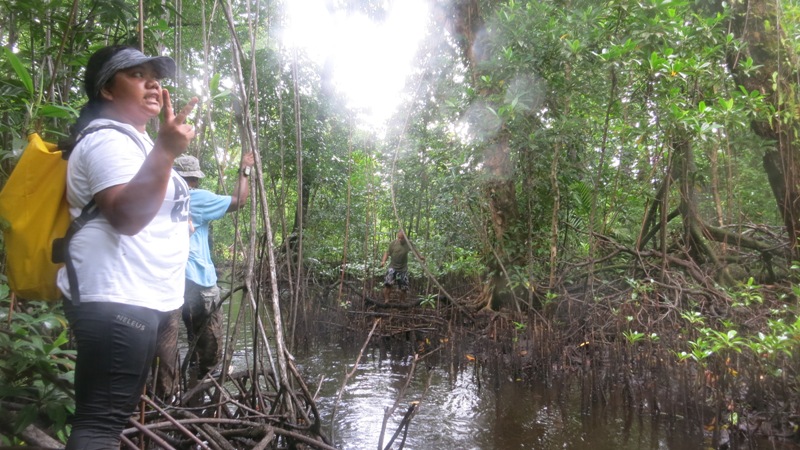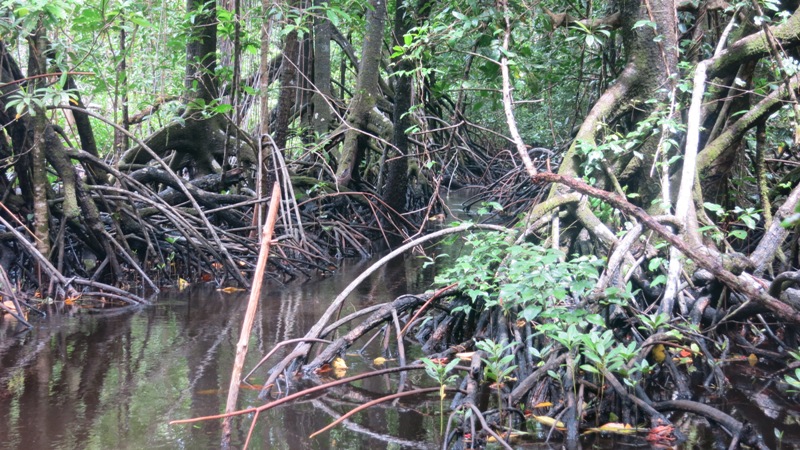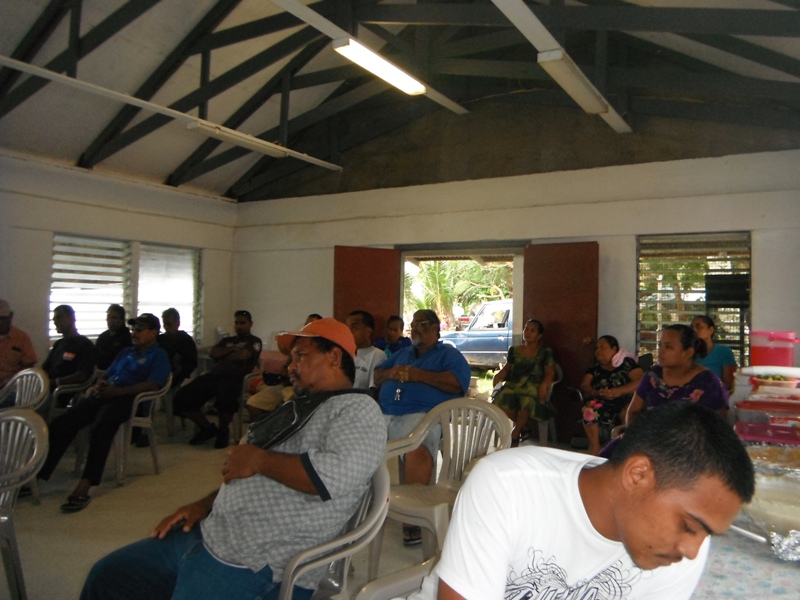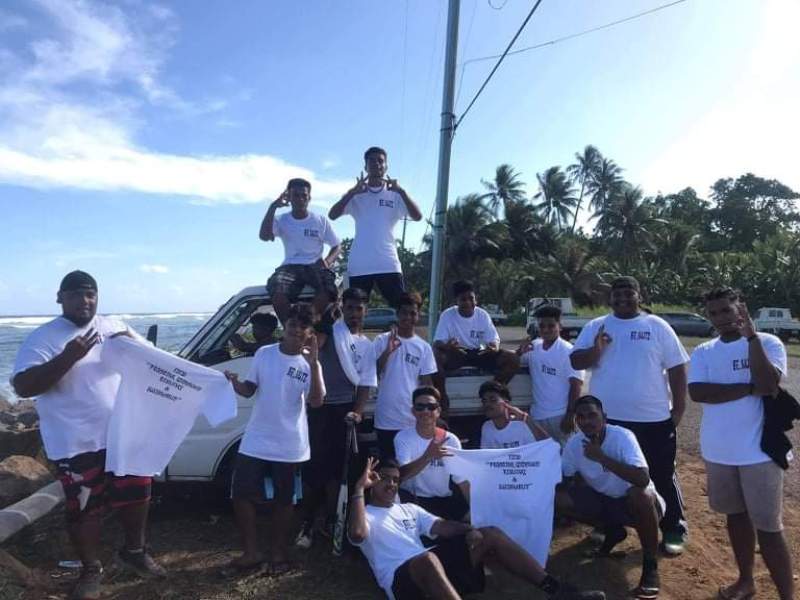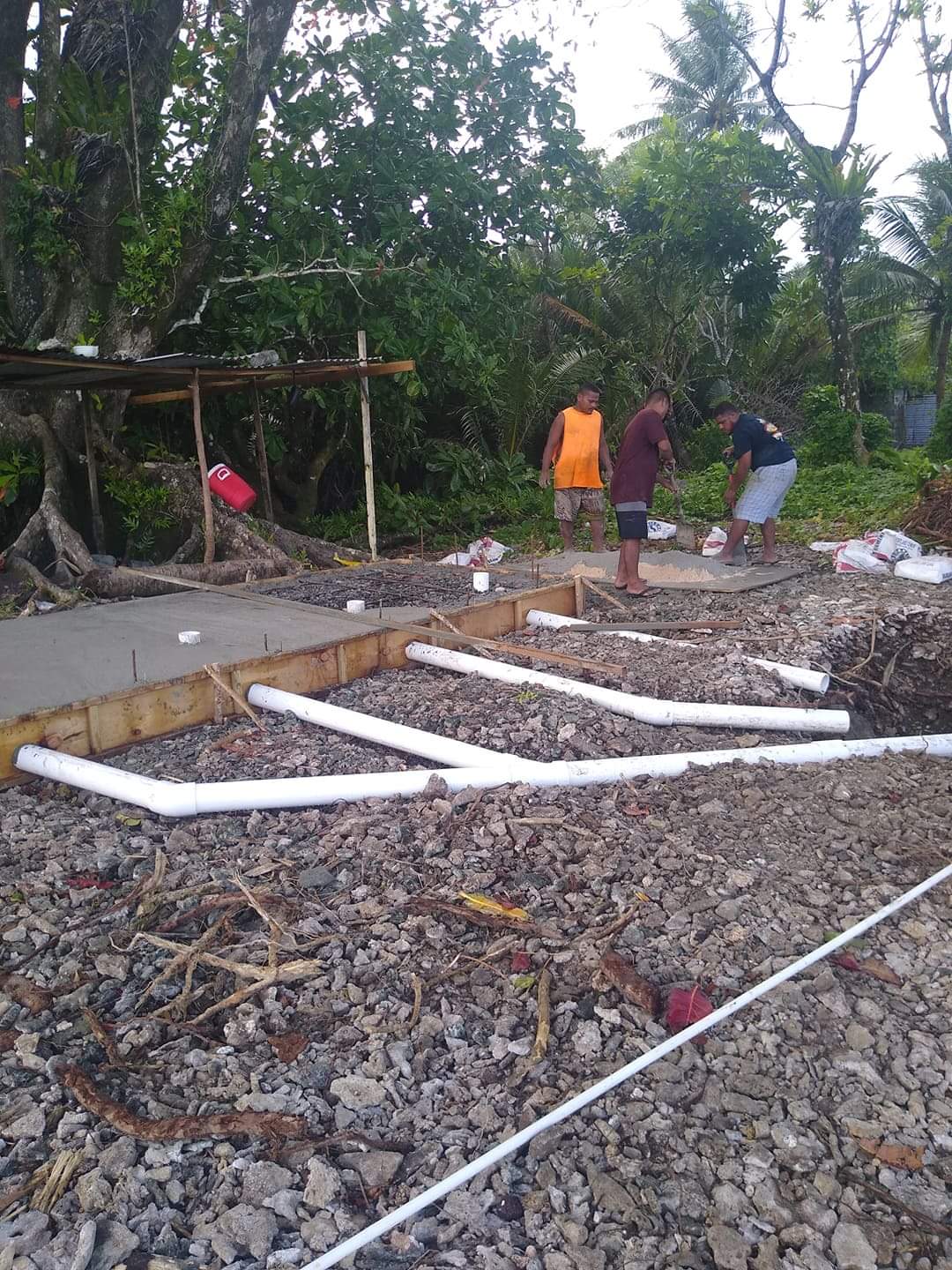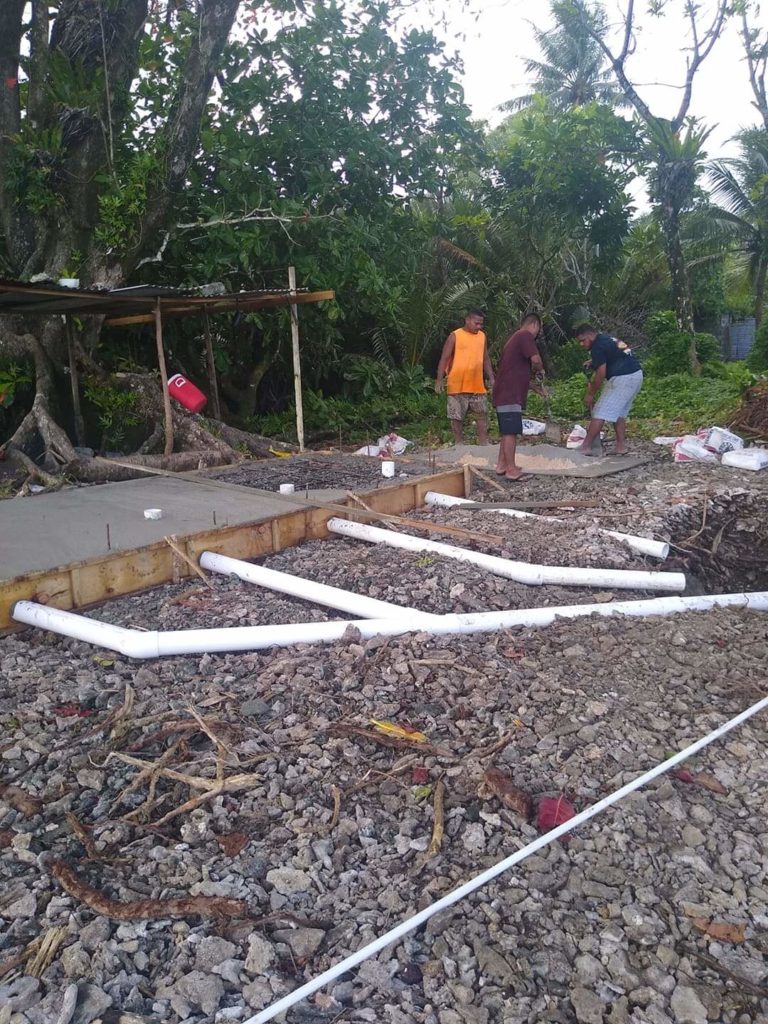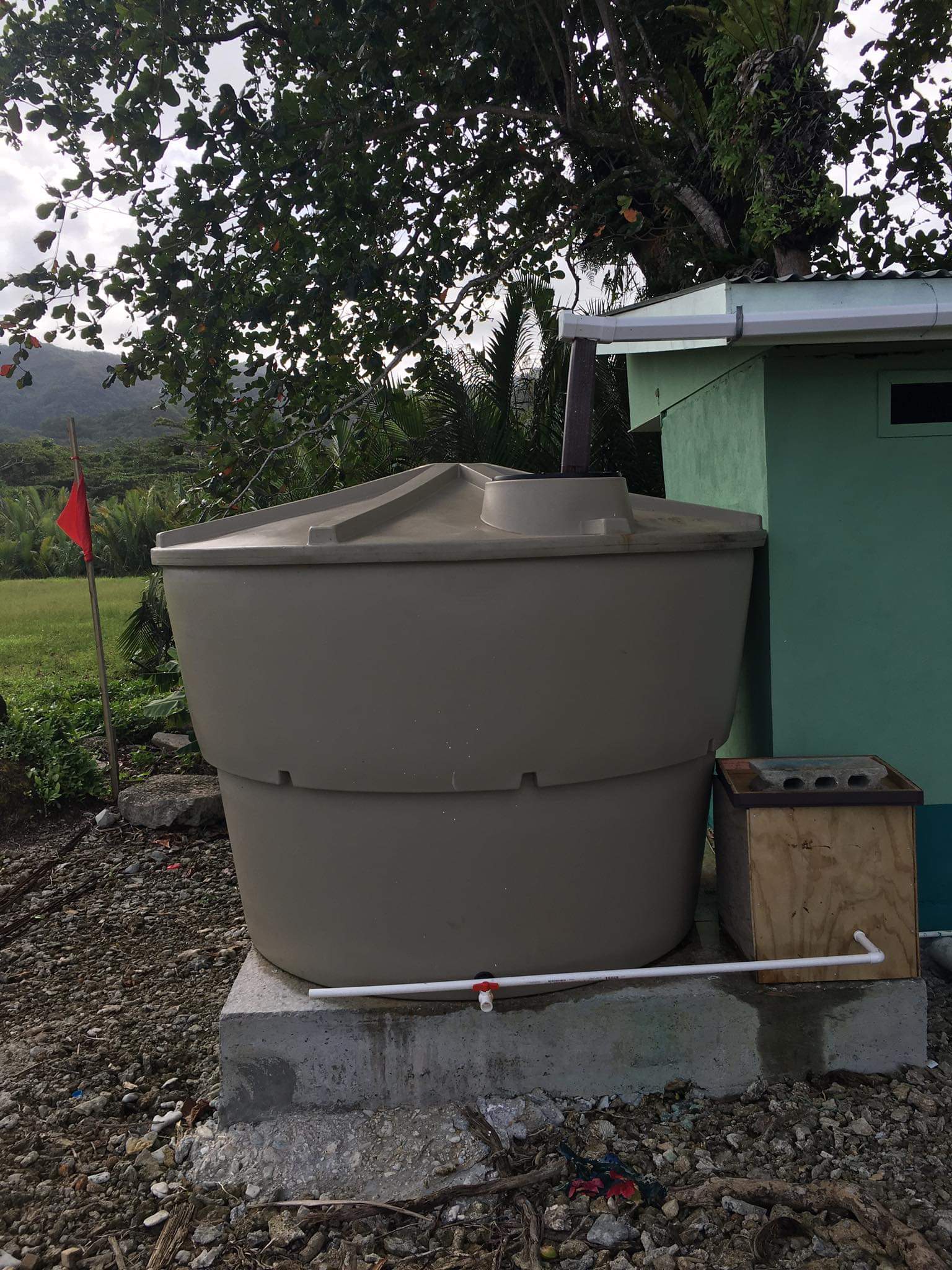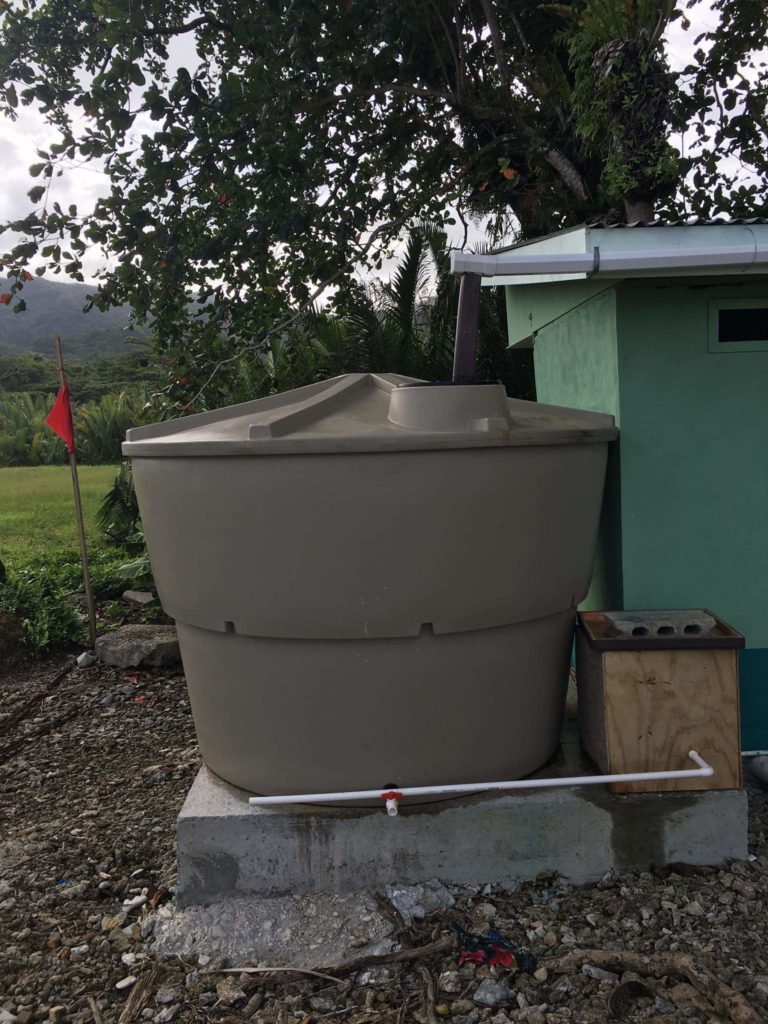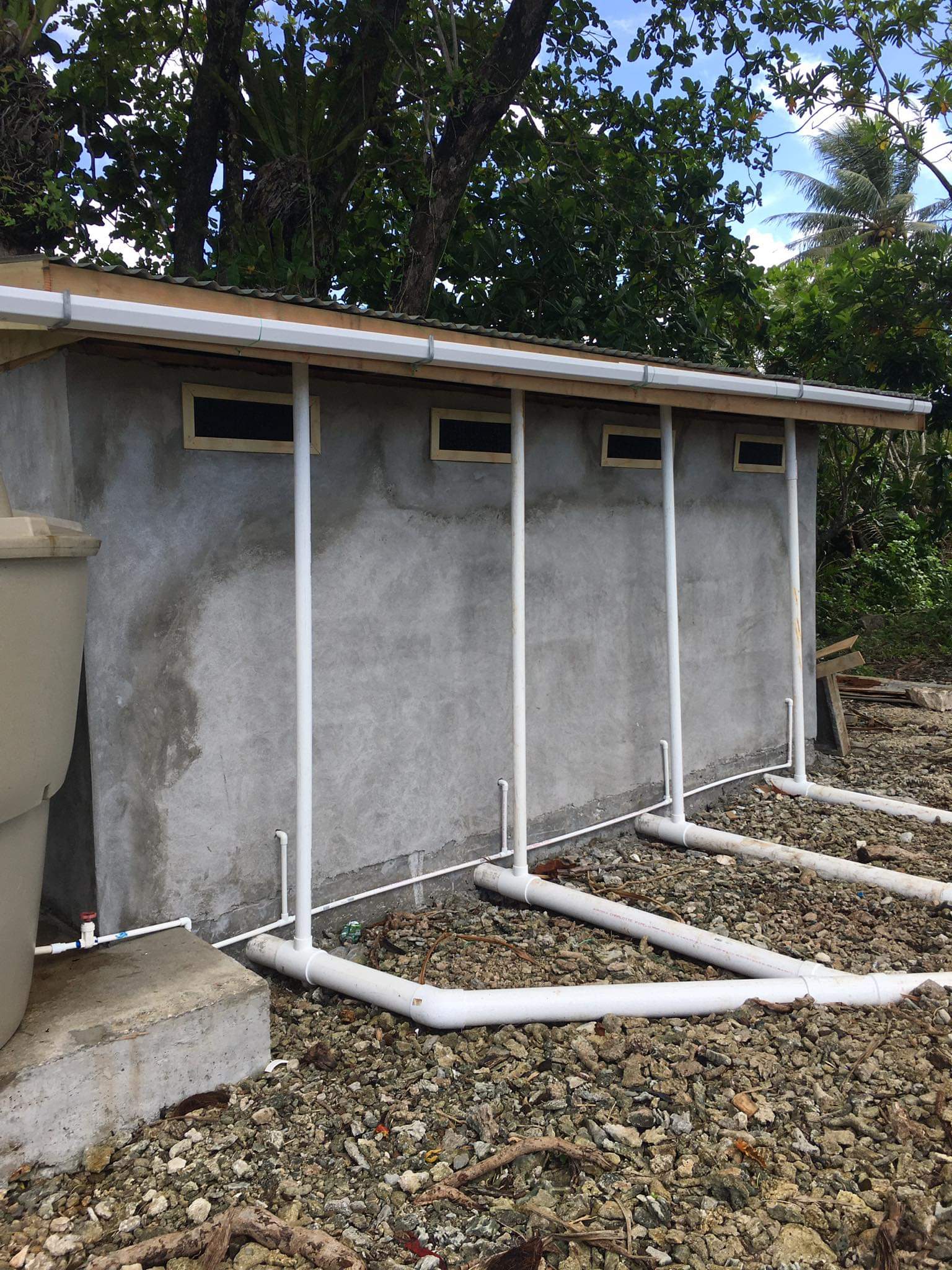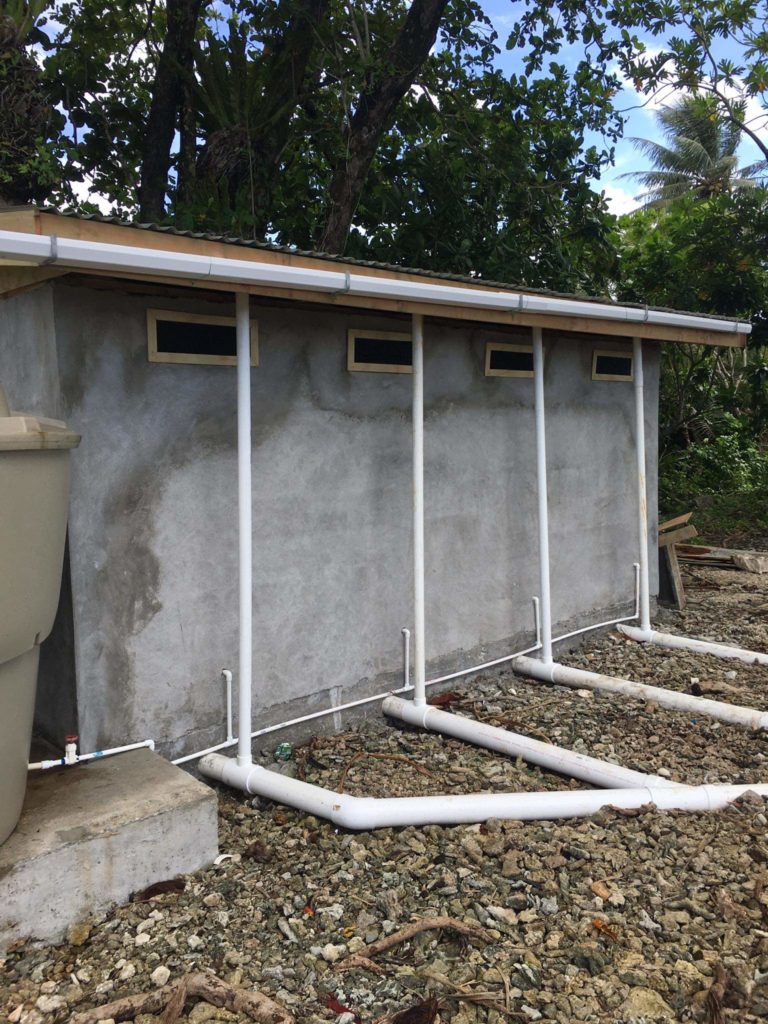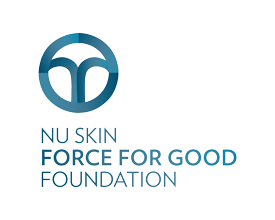If you conjured up a mental picture of “remote tropical island,” the image that came to mind might look a lot like Kosrae, in the central Pacific. More than 1,500 miles from any large land mass, Kosrae is covered by tropical forest and ringed by coral reefs.
The community of Malem (population about 1,300), is committed to preserving its mangrove forest, which contains nine species of mangroves. It is also home to many kinds of birds and fish, as well as crabs and monitor lizards. Vulnerable or endangered species are found there, including Micronesian fruit doves, blue-faced parrotfinches, and the big fruit bats called Kosrae flying foxes.
The community’s goal is to make the 10.5-acre Kupluc Mangrove Area part of the Kosrae Protected Areas System. The agreement with Seacology provides more evidence of the village’s commitment to conservation. The area is in very good condition now, but it is threatened by overharvesting of mangroves for firewood and construction. Roadbuilding near the mangroves has also been proposed. Tree-cutting has already damaged other areas on Kosrae, and a 2013 study concluded that the coast was eroding rapidly.
The village will use a Seacology grant to level and expand its sports field, which community members use for baseball, softball, track, and virtually all public events. Community leaders are keen to encourage children to exercise. In recent decades, Pacific Islanders’ adoption of an unhealthy Western diet has led to high levels of obesity and related diseases. The region has the highest rate of diabetes in the world.
They will also add a restroom, accessible to those with disabilities. Finally, they will install a 1,000-gallon rainwater catchment tank, ensuring a supply of fresh water for residents.


